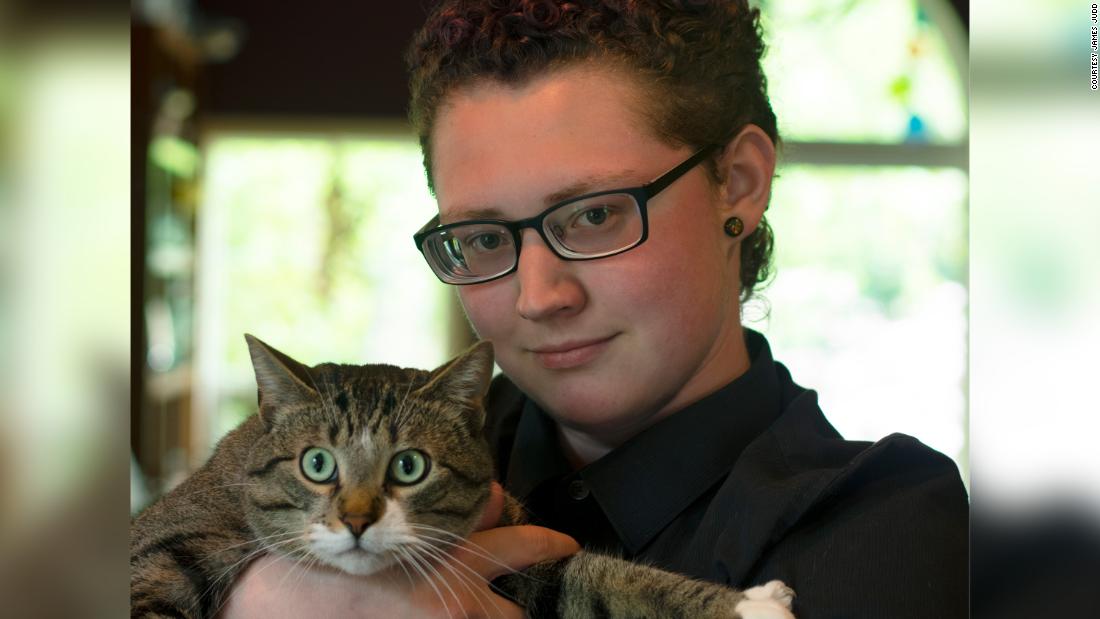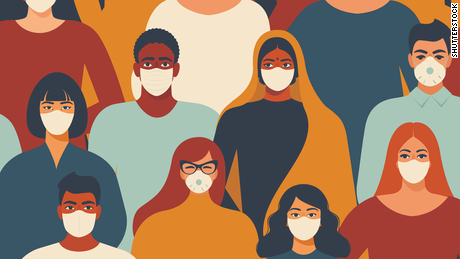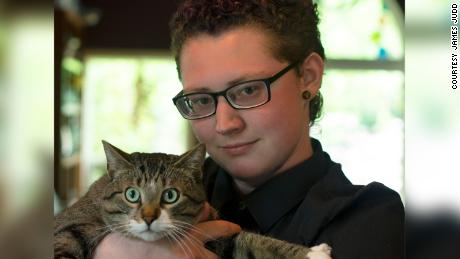Here’s what CNN readers plan to spend their relief payments on
That was the overwhelming message from the more than 1,000 CNN Business readers who responded to our callout, asking them how they plan to spend their upcoming checks.
Gio Martinez is a cook at a Denny’s in Southern California and the single father of a 4-year-old daughter. He used to work 60 hours a week before the pandemic. Now his hours are typically 20 to 25 hours a week, he said.
Martinez said he has several credit cards and a few store cards and is generally maxed out on all of them — having used them since March to buy groceries, utilities and gas for his car to get to work.
His direct payment of $1,200 for himself and his child will go toward paying off some of the $5,000 in credit card debt he’s accrued this year and to getting a new wardrobe for his daughter, who outgrew her clothes and shoes this summer.
“It breaks my heart seeing her wear clothes that are too small for her,” Martinez said.
Though he’s been making minimum payments on his credit cards, which have a roughly 20% interest rate, Martinez said, “I’m behind on everything.” That includes the $400 monthly rent he owes his parents, with whom he and his daughter live.
Stocking up
Retiree Sandra Jamieson, a former government employee living in a small town in northwestern Pennsylvania, said while she doesn’t believe $600 relief payments will do nearly enough to help people struggling, she feels fortunate to be able to pay her bills on the fixed income from her pension.
But she finds the growth in grocery prices — especially on items that have been limited during the pandemic — typically outpace the annual cost of living adjustments in her income.
So she welcomes the $600. “I’m glad to have the money no matter how much it is — I’ll stock up on canned goods, paper goods and dried goods,” Jamieson said.
$600 ‘doesn’t do anything long term to help me out of this situation’
James Judd, a young photographer who takes family and school class portraits for a studio run by a retailer in Washington state, said he’ll use his $600 to help cover rent or he will just put it aside in case there is another shutdown.
Judd had been furloughed and on unemployment from April to August. Now he says he has only been working an average of 20 to 25 hours a week since the studio reopened, a fraction of what he used to work, especially during the winter holidays, which are normally peak season. “And it’s not just our hours that have been cut. It’s that we can’t have full capacity [in the studio because of Covid restrictions],” Judd noted.
He’s been keeping up with his bills so far, he said, but only because he saved some of the $600 per week federal supplemental payments that he got on top of his state unemployment benefits during the spring and early summer.
Going forward, the upcoming, one-time $600 payment won’t buy him more than a few weeks of financial relief, he said. “It doesn’t actually do anything long term to help me out of this situation. I don’t know what to do. All I know is that I’m angry.”
The $600 payments won’t even go to all who need it
Perhaps the only thing that might have made Judd angrier would have been getting no direct payment at all, which is the situation facing many unemployed or underemployed people, like Michael Longe of Seattle.
Longe was laid off in late 2019 from his job managing a software design team for an electronics manufacturer. But he won’t qualify for any relief payment this time (nor did he earlier this year when people got $1,200 checks). That’s because eligibility is based on one’s 2019 income, and he made too much last year. To qualify for a full relief payment, one had to have made $75,000 or less ($150,000 if married). Partial payments are made to those whose incomes exceeded those levels but didn’t top $99,000 ($198,000 if married).
Longe’s extended unemployment benefits are expiring this month and he worries he won’t be eligible for more benefits in Washington state. That means he also won’t benefit from the $300 weekly federal supplemental payment that the latest Covid relief package has created.
“Without unemployment benefits, I really could use [the $600 relief payment],” Longe said.
![]()






